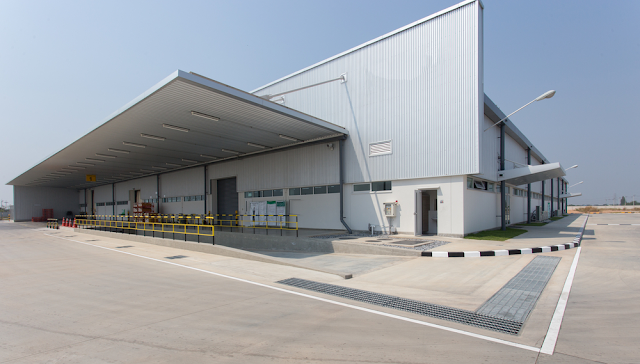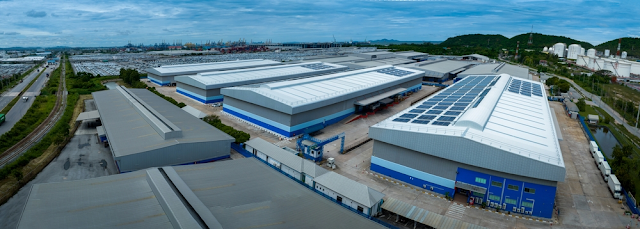Steel Building Construction: Sealing It Tight
.png)
Steel has been a preferred construction material for centuries due to its strength, durability, and versatility. Steel buildings are known for their longevity, but like any structure, they require proper maintenance and sealing to ensure they stand the test of time. In this blog, we will delve into the importance of sealing steel buildings and the key steps involved in the process to guarantee a lifetime of durability and reliability. Why Seal Steel Buildings? Sealing steel buildings serves several crucial purposes, including: Preventing Corrosion : Steel is susceptible to corrosion when exposed to moisture and oxygen. Sealing the building protects the steel from these elements, preventing rust and degradation. Enhancing Energy Efficiency : A well-sealed steel building is more energy-efficient, as it minimizes air leakage. This translates to reduced heating and cooling costs over the life of the building. Improving Indoor Air Quality : Proper sealing prevents the infiltration of ...
.png)





